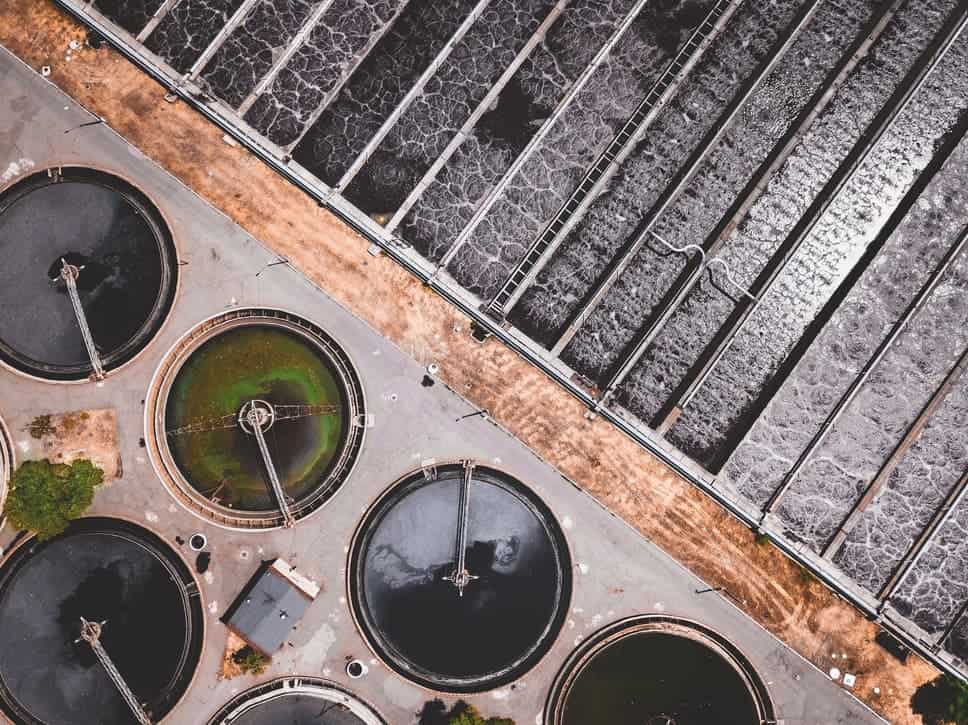Around the globe, over a dozen research groups are analyzing wastewater, looking for clues about the potential spread of the coronavirus.
It could be an important source of information in a pandemic we will be fighting for months and months.

Analyzing wastewater
We’ve seen time and time again that the key to understanding the spread of COVID-19 is testing. Because so many people are asymptomatic, and because oftentimes, the symptoms resemble that of other respiratory viruses, it’s almost impossible to know how much the virus has spread without testing. But we’ve also seen that for most countries, developing a satisfactory testing capacity has proven very difficult.
This is where sewage water might come in handy.
Analyzing wastewater is one way through which researchers can track infectious diseases excreted in our urine or feces. Since SARS-CoV-2 fits into this category of viruses, it could be tracked via wastewater.
This has already been demonstrated in several studies all around the world. In Australia, researchers the Queensland Alliance for Environmental Health Sciences in Australia, a research center that advises the state government on environmental-health risks, published results showing how wastewater can be used to get an indication of how many people in the community have had the virus.
“Although method refinement will be required, our initial data indicate that wastewater monitoring has great potential to provide early warning signs on how broadly SARS-CoV-2 is circulating in the community, especially in those individuals showing mild symptoms or no symptoms at all,” the study reads.
Early detection

The method has also been deployed elsewhere. In Paris, for instance, sewage water has been sampled for a month, with researchers looking for signs of coronavirus.
There are several advantages to analyzing wastewater. It’s cheap, it covers the entire community indiscriminately, and it ensures privacy — there is no individual data, just community-level information. However, this particular aspect is also a disadvantage.
The idea with testing wastewater is to have a quantitative idea of the viral spread, not qualitative. In other words, you won’t know for sure how many people have the virus, but you can see spikes and downturns in viral concentrations. In the Paris study, this approach was used, and a surge in the viral concentration in sewage water was indeed correlated with an increase in reported coronavirus cases. The method, researchers say, can be used in COVID-19 monitoring, as well as in the detection of other pathogens.
“This work demonstrated that a quantitative monitoring of SARS-CoV2 genomes in wastewaters should bring important and additional information for better survey of SARS-CoV2 circulation at the local or regional scale.”
In this scenario, analyzing wastewater could have one particularly important use: monitoring the effects of lockdown relaxation.
The next few months (quite possibly, the next couple of years) will likely be a push-and-tow dance between tightening and relaxing quarantine. According to what scientific evidence is saying, as soon as the number of infections starts to rise uncontrollably, it is time to take tighter measures. This wastewater monitoring could give an important indication on when to relax and when to tighten.
No replacement for tests
It’s important to note that while wastewater might turn out to be an unexpected ally in this struggle, it’s not a replacement for mass testing — it’s meant to serve as a complement to it. No matter how we go about the next few months, testing as many people as possible (both through diagnosis and antibody tests) is crucial unless we want to have a secondary wave of infections that’s even more devastating than the first one.
Even if you do everything right at first, things can get very messy very fast if you let your guard down. We’ve already seen in the case of countries such as Japan or Singapore that an initial suppression of the outbreak doesn’t guarantee long-term success.
If we want to successfully relax the lockdown and get some semblance of our normal lives back, we need as much information as possible. Some of that information could come from sewers.






